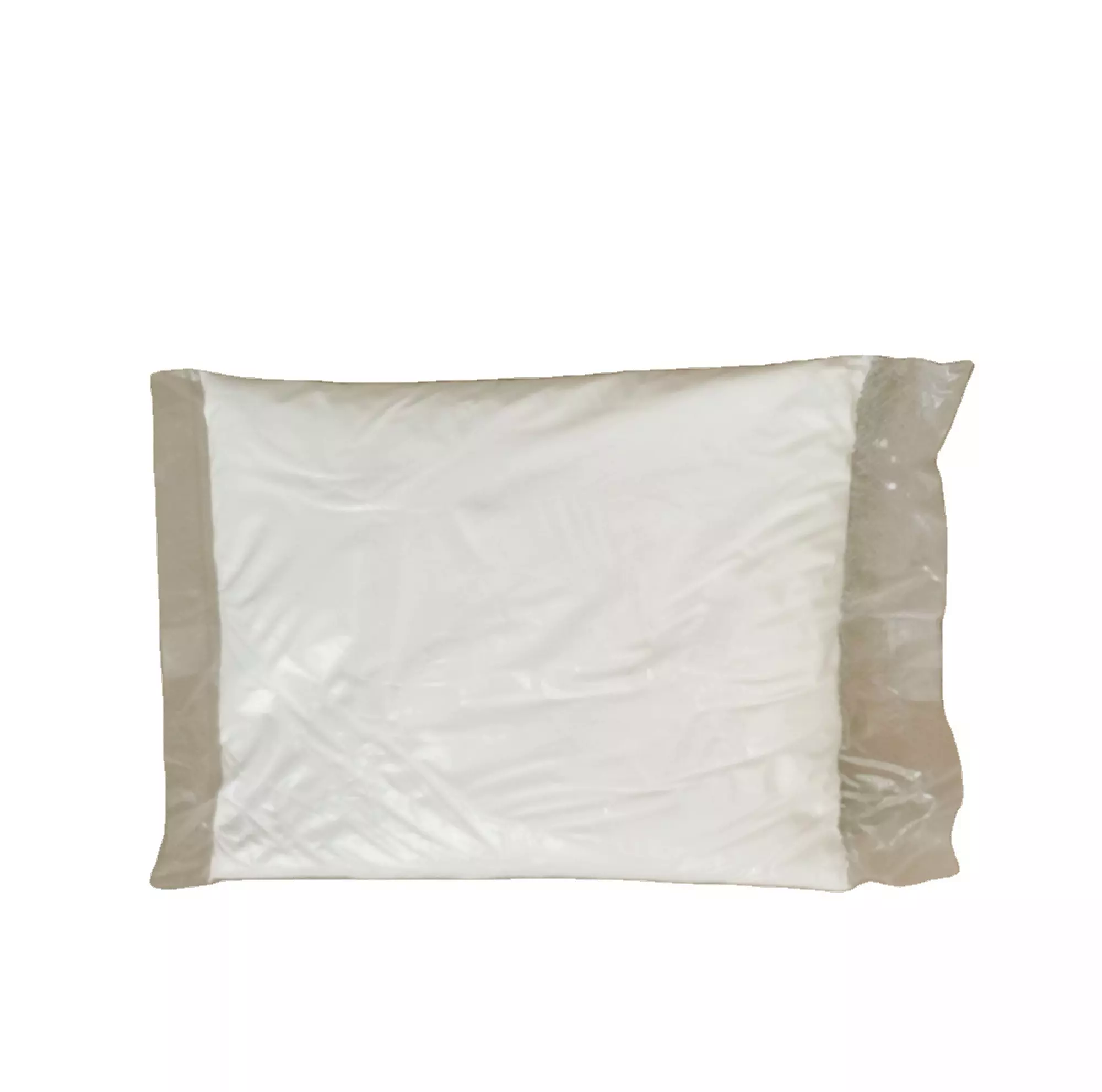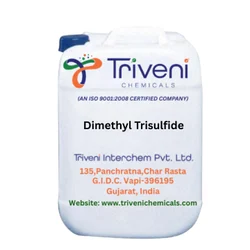Zinc stearate
Synonym(s):Stearic acid zinc salt
- CAS NO.:557-05-1
- Empirical Formula: C36H70O4Zn
- Molecular Weight: 632.33
- MDL number: MFCD00013031
- EINECS: 209-151-9
- SAFETY DATA SHEET (SDS)
- Update Date: 2025-12-17 09:50:41

What is Zinc stearate?
Description
Zinc stearate is a "zinc soap" that is widely used industrially. In this context, soap is used in its formal sense, a metal "salt" of a fatty acid. It is a white solid that repels water. It is insoluble in polar solvents such as alcohol and ether but soluble in aromatic hydrocarbons (e.g., benzene and chlorinated hydrocarbons) when heated. It is the most powerful mold release agent among all metal soaps. It contains no electrolyte and has a hydrophobic effect. Its main application areas are the plastics and rubber industry where it is used as a releasing agent and lubricant which can be easily incorporated.
Zinc carboxylates, e.g. basic zinc acetate, adopt complex formulas, and are not simply dicarboxylates of zinc. Instead the formula for most zinc carboxylates is Zn4O(O2CR)6, consisting of a Zn4O6+ core with carboxylate ligands spanning the edges.
Chemical properties
white powder with fatty acid odour
Chemical properties
Zinc stearate occurs as a fine, white, bulky, hydrophobic powder, free from grittiness and with a faint characteristic odor.
The Uses of Zinc stearate
zinc stearate is used in cosmetic formulations to increase adhesive properties. It is also used as a coloring agent. This is a mixture of the zinc salts of stearic and palmitic acids.
The Uses of Zinc stearate
Used in Rubber, Plastic, Poyester, Abbrasive, Coating, Printing Inks and PVC Industry.
The Uses of Zinc stearate
In tablet manufacture; in cosmetic and pharmaceutical powders and ointments; as a flatting and sanding agent in lacquers; as a drying lubricant and dusting agent for rubber; as a plastic mold releasing agent; as a waterproofing agent for concrete, rock wool, paper, textiles.
What are the applications of Application
Zinc stearate is a phase transfer catalyst for the saponification of fats
Production Methods
An aqueous solution of zinc sulfate is added to sodium stearate solution to precipitate zinc stearate. The zinc stearate is then washed with water and dried. Zinc stearate may also be prepared from stearic acid and zinc chloride.
What are the applications of Application
It is widely used as a release agent for the production of many kinds of objects rubber, poly urethane, poly ester processing system, powder metallurgy. These applications exploit its "non-stick" properties . In cosmetics, zinc stearate is a lubricant and thickening to improve texture.
It is an "activator" for rubber vulcanization by sulfur and accelerators. As discovered in the early days of vulcanization, zinc has a beneficial effect on the reaction of the sulfur with the polyolefin. The stearate is a form of zinc that is highly soluble in the nonpolar medium of the poly olefins.
Being lipophilic, it functions as a phase transfer catalyst for the saponification of fats.
General Description
White, hydrophobic powder with a slight, characteristic odor. Mp: 130°C. Density: 1.1 g cm-3. Insoluble in water, ethyl alcohol and diethyl ether. Soluble in acids. Non-toxic. In technical grades, the percentage of zinc may vary according to the intended use. Products with less than the theoretical amount of zinc are more acidic.
Reactivity Profile
Zinc stearate is non-flammable but combustible. Incompatible with oxidizing agents, dilute acids. Emits acrid smoke and fumes of ZnO when heated to decomposition (Hazardous Chemicals Desk Reference, p. 865 (1987)).
Flammability and Explosibility
Not classified
Pharmaceutical Applications
Zinc stearate is primarily used in pharmaceutical formulations as a lubricant in tablet and capsule manufacture at concentrations up to 1.5% w/w. It has also been used as a thickening and opacifying agent in cosmetic and pharmaceutical creams, and as a dusting powder.
Safety Profile
Poison by intratracheal route. Inhalation of zinc stearate has been reported as causing pulmonary fibrosis. A nuisance dust. Combustible when exposed to heat or flame. To fight fire, use water, foam, CO2, dry chemical. When heated to decomposition it emits toxic fumes of ZnO. See also ZINC COMPOUNDS.
Safety
Zinc stearate is used in oral and topical pharmaceutical formulations,
and is generally regarded as a nontoxic and nonirritant
excipient. However, following inhalation, it has been associated
with fatal pneumonitis, particularly in infants. As a result, zinc
stearate has now been removed from baby dusting powders.
LD50 (rat, IP): 0.25 g/kg
Storage
Zinc stearate is stable and should be stored in a well-closed container in a cool, dry place.
Incompatibilities
Zinc stearate is decomposed by dilute acids. It is incompatible with strong oxidizing agents.
Regulatory Status
GRAS listed. Included in the FDA Inactive Ingredients Database (oral capsules and tablets). Included in nonparenteral medicines licensed in the UK. Included in the Canadian List of Acceptable Non-medicinal Ingredients.
Properties of Zinc stearate
| Melting point: | 128-130 °C (lit.) |
| Boiling point: | 240℃[at 101 325 Pa] |
| Density | 1.095g/cm3 |
| vapor pressure | 0Pa at 25℃ |
| Flash point: | 180℃ |
| storage temp. | Inert atmosphere,Room Temperature |
| solubility | alcohol: insoluble(lit.) |
| form | Powder |
| color | White |
| Odor | wh. powd., faint char. odor |
| Water Solubility | Insoluble |
| Merck | 14,10158 |
| BRN | 3919706 |
| Exposure limits | ACGIH: TWA 10 mg/m3; TWA 3 mg/m3 OSHA: TWA 15 mg/m3; TWA 5 mg/m3 NIOSH: TWA 10 mg/m3; TWA 5 mg/m3 |
| Stability: | Stable. Incompatible with strong oxidizing agents. |
| CAS DataBase Reference | 557-05-1(CAS DataBase Reference) |
| NIST Chemistry Reference | Zinc(II) n-octadecanoate(557-05-1) |
| EPA Substance Registry System | Zinc stearate (557-05-1) |
Safety information for Zinc stearate
Computed Descriptors for Zinc stearate
Zinc stearate manufacturer
Vasa Pharmachem Pvt Ltd. (VPPL)
M/s. Pigment India
Gayatri Industries
New Products
4,4-Difluoropiperidine hydrochloride tert-butyl 9-methoxy-3-azaspiro[5.5]undecane-3-carboxylate Indole Methyl Resin N-Isopropylurea N,N-Dicyclohexylcarbodiimide(DCC) MELDRUMS ACID 5-METHYLISOXAZOLE-4-CARBOXYLIC ACID Magnessium Bis glycinate Zinc ascorbate 1-bromo-2-butyne 2-acetamidophenol 9(10H)-anthracenone Erythrosin B, 4-Piperidinopiperidine 2-((4-morpholinophenylamino) (methylthio) methylene) malononitrile 2,4-dihydroxybenzaldehyde 3-(4-morpholinophenylamino)-5-amino-1H-pyrazole-4-carbonitrile Methyl 2-methylquinoline-6-carboxylate 2,6-dichloro-4-nitropyridine 4-Bromo-2-chlorobenzonitrile 2-(benzylamino)acetic acid hydrochloride 4-(tert-Butoxycarbonylamino)but- 2-ynoic acid 3,4-dihydro-2H-benzo[b][1,4]dioxepine 1-Phenyl-1-cycloprppanecarboxylicacidRelated products of tetrahydrofuran








You may like
-
 Zinc Stearate 98%View Details
Zinc Stearate 98%View Details -
 ZINC STEARATE 99%View Details
ZINC STEARATE 99%View Details -
 Zinc stearate 99%View Details
Zinc stearate 99%View Details -
 Zinc stearate CAS 557-05-1View Details
Zinc stearate CAS 557-05-1View Details
557-05-1 -
 Zinc stearate CAS 557-05-1View Details
Zinc stearate CAS 557-05-1View Details
557-05-1 -
 Zinc stearate CAS 557-05-1View Details
Zinc stearate CAS 557-05-1View Details
557-05-1 -
 Zinc Stearate CASView Details
Zinc Stearate CASView Details -
 Dimethyl Trisulfide (3658-80-8)View Details
Dimethyl Trisulfide (3658-80-8)View Details
3658-80-8
